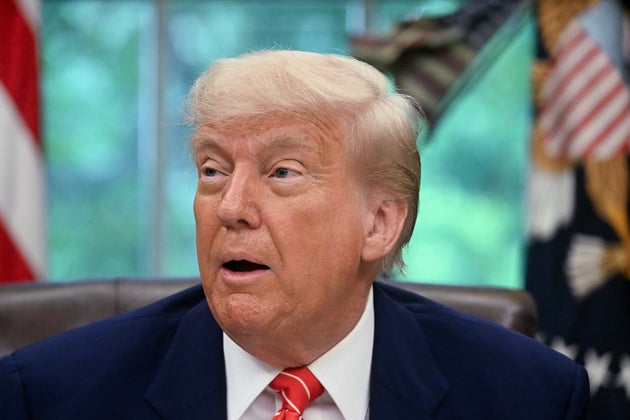
!function(n){if(!window.cnx){window.cnx={},window.cnx.cmd=[];var t=n.createElement('iframe');t.display='none',t.onload=function(){var n=t.contentWindow.document,c=n.createElement('script');c.src='//cd.connatix.com/connatix.player.js',c.setAttribute('async','1'),c.setAttribute('type','text/javascript'),n.body.appendChild(c)},n.head.appendChild(t)}}(document);(new Image()).src = 'https://capi.connatix.com/tr/si?token=ff7fdddc-5441-4253-abc4-f12a33fad58b';cnx.cmd.push(function(){cnx({"playerId":"ff7fdddc-5441-4253-abc4-f12a33fad58b","mediaId":"80180b37-908e-46f1-87b6-b0a8aa2cb02f"}).render("681d19a1e4b007ccedaf91c8");});President Donald Trump boasted on Thursday of a new trade agreement that, on average, triples the taxes Americans will have to pay on British imports while signalling that higher tariffs will be the norm for agreements with other countries as well.According to a chart used by Trump, the new trade deal with the United Kingdom will bring in $6 billion in “external revenue,” a term he and his administration dishonestly use to describe payments collected by U.S. Customs from American importers.The new 10% rate for nearly all goods, which was announced last month for countries all over the world, is three times higher than the 3.4% average rate Americans have paid for goods from Britain and Northern Ireland.“It’s an anti-trade deal,” said Scott Lincicome, the director of economics at the Cato Institute’s Centre for Trade Policy Studies.He and other economists said that Trump’s description of that 10% rate as the minimum tax level for all coming trade agreements effectively makes the Un
Full Story